St. Stephen Bulgarian Iron Church
The most metal church of all time was built in record time because of an international, pious pissing contest.
Istanbul has no shortage of houses of worship, and the Bulgarian Church of St. Stephen set along the shore of the Golden Horn blends in with its holy brethren at first glance. Upon closer inspection, however, this cross-shaped basilica is like few others in the world.
Born of an early 19th-century period of architectural experimentation in prefabrication, St. Stephen is made entirely out of cast iron. Even to this day, the walls are metal and spots of rust bloom from its interior archways like scarified flowers. The church consists of poured iron slabs that were floated on cargo ships from Vienna, down the Danube River, across the Black Sea, through the Bosphorus, only to then be assembled on-site.
It was cost-effective, it was efficient, but it was weird. The process never caught on.
According to a popular tale, Sultan Abdülaziz was disinclined to allow the city’s Bulgarian Orthodox minority to build its church. “Permitting” its construction in a fashion he surely thought foolproof, the sultan stipulated St. Stephen must be completed within a single month’s time. But, like so many fantastic stories, the tale of the sultan’s challenge and the Bulgarian triumph isn’t quite true.
The story of St. Stephen’s Church began with the Bulgarian government funding a competition to design the church, which was won by Armenian architect Hovsep Aznavur. The government then began the process of awarding a bid for the casting of Aznavur’s molds, ultimately achieved by the Rudolph Philip Waagner Company, which succeeded in transporting all 500 tons of the disassembled church to its current location in Istanbul’s Fatih district.
Though the church was assembled remarkably quickly even by modern standards, it still would not have met the sultan’s demands.
The only remaining original feature from the wooden church that predated the Iron Church is its stone altar, still in use to this day. Inaugurated on September 8, 1898, one of the world’s few full-metal churches has remained in constant use ever since.
Visitors to St. Stephens remain entranced by the trails of rust creeping above an opulent Orthodox nave, speaking to its long journey by boat, only to arrive at the water’s edge all along.
Update: The church reopened in January 2018 after an extensive renovation.


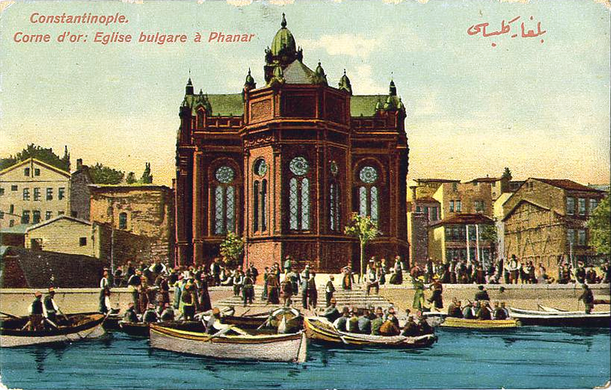


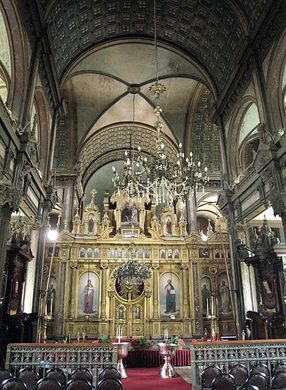


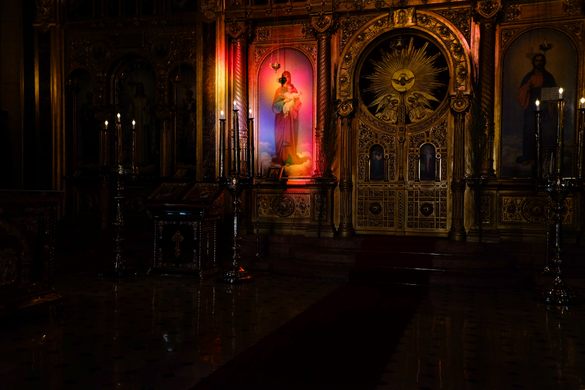
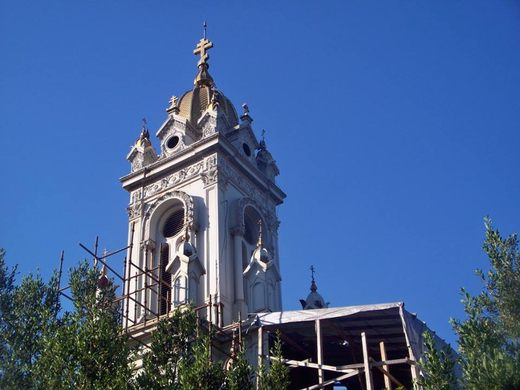












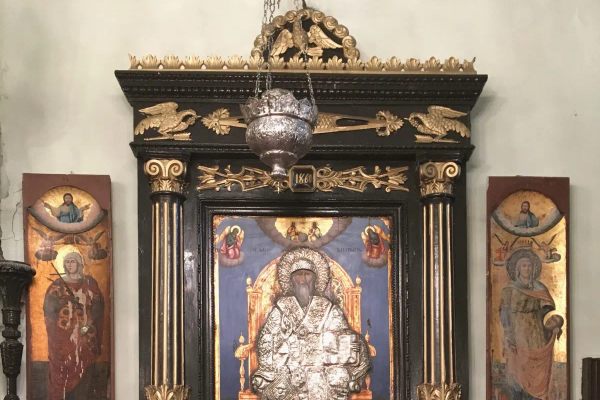

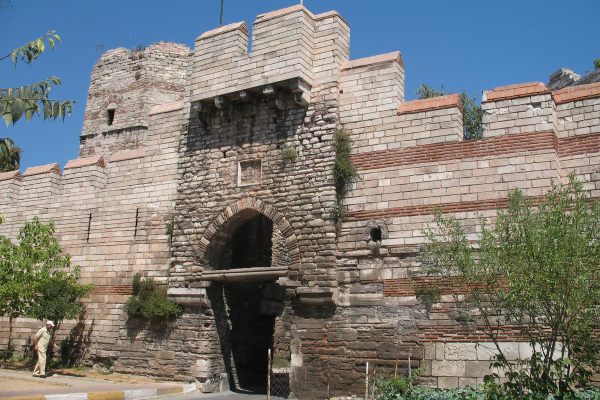






Follow us on Twitter to get the latest on the world's hidden wonders.
Like us on Facebook to get the latest on the world's hidden wonders.
Follow us on Twitter Like us on Facebook